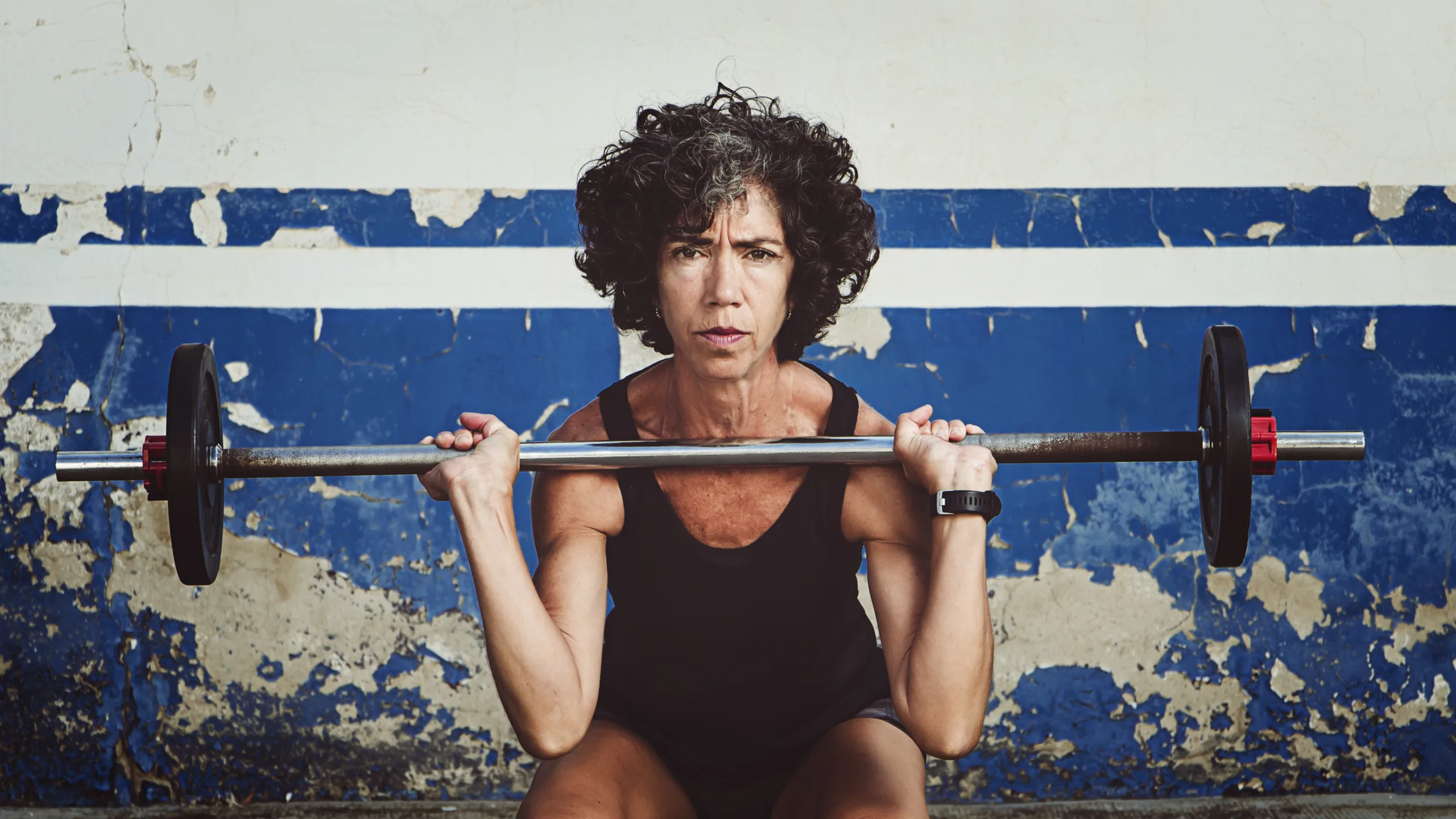We often think of walking as just a way to get from one place to another—a mindless activity that fills the gaps in our day. But what if we told you it’s one of the most powerful and accessible forms of exercise you can do? Experts are now urging us to rethink our strolls, turning them from simple transportation into a deliberate and effective workout. The secret isn’t about running a marathon; it’s about making every step count.
The Power of a Simple Walk
Walking may not look as intense as lifting weights or sprinting, but it’s a full-body workout in disguise. As you move, your major muscle groups—from your quads and hamstrings to your core and shoulders—are all working hard. This makes walking a fantastic form of aerobic exercise, which means it raises your heart rate and keeps it there for an extended period. Think of it as a gentle but consistent stress on your cardiovascular system, a kind of health insurance policy for your heart and lungs. In fact, research published in the Journal of the American College of Cardiology found that a brisk 15-minute walk can be just as beneficial as a five-minute run.
The benefits are far-reaching. A stronger cardiovascular system can lead to a lower risk of heart disease, stroke, diabetes, and high blood pressure. A 2021 study found that people who walked at least 7,000 steps per day had a 50 to 70% lower risk of early death compared to those who walked less. Another analysis from 2023 even suggested that just 11 minutes a day of moderate physical activity, like a brisk walk, is enough to significantly lower your risk for many chronic diseases.
Beyond specific workouts, simply walking more throughout the day is a crucial counter to a sedentary lifestyle, which is a major risk factor for many chronic conditions. Every little bit of movement adds up.
Is Walking Enough?
While walking is a powerful tool, it can’t do everything on its own. Federal guidelines recommend at least 150 minutes of aerobic activity per week, along with two or more sessions of strength training. Walking can easily help you meet that aerobic goal, but it needs a slight adjustment. Most people simply don’t walk with enough intensity to qualify it as a true workout.
So, how do you take your walk from a casual stroll to a moderate-intensity exercise? The easiest way is to pick up the pace. Walk faster, find a hill, or hit a trail with varied terrain. You can also add some weight with a vest or backpack. But when it comes to strength training, walking alone isn’t enough. It’s a low-level bodyweight exercise, but it doesn’t target all of your major muscle groups. You’ll need to add in dedicated strength workouts to get the full range of benefits, like improved mobility and a lower risk of injury.
How to Make Your Walk Count
Forget the idea that you have to hit 10,000 steps a day—that number isn’t based on science. A more useful metric is time. The recommended 150 minutes per week can be broken up however you like. Ten minutes here, ten minutes there—it all counts.
To ensure your walk is truly a moderate-intensity workout, you need to feel it. A good benchmark is a brisk pace where you can cover a mile in 15 to 24 minutes. If you want a more personal gauge, try the “talk test.” You should be able to speak in full sentences but would be too out of breath to sing. If you can sing, you need to speed up; if you can’t talk at all, you’re going too hard.
Finally, proper form is key. Stand tall, keep your core engaged, and let your arms swing naturally. Leaning forward can lead to back pain, especially as you increase your speed.
By shifting your mindset, you can transform a simple daily activity into a powerful health tool. It’s not about finding time for exercise; it’s about making the time you already have for walking work harder for you.
Next week we’ll discuss in detail 2 ways to increase your walking intensity—hiking and walking backwards! 😊
Source:











